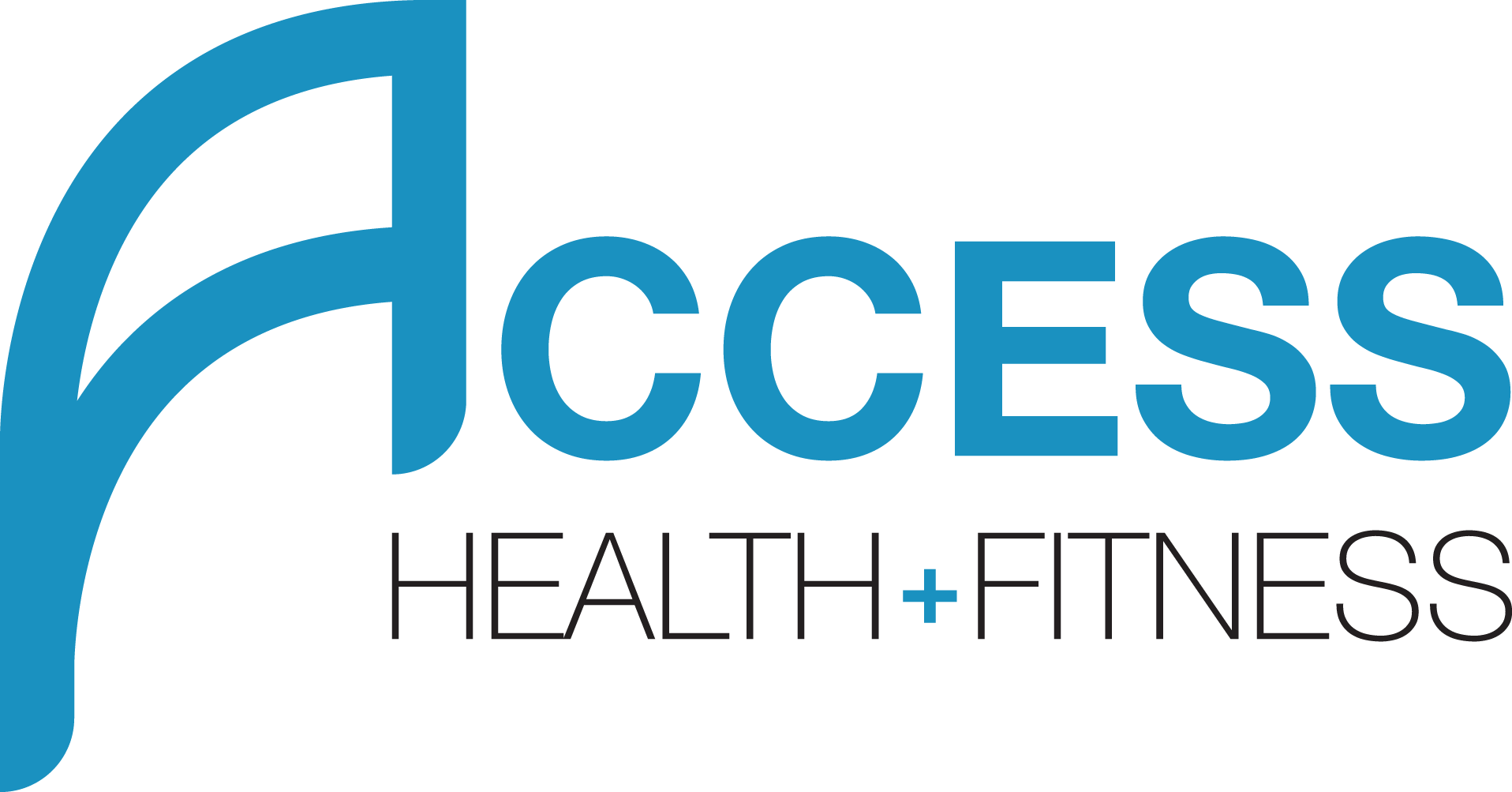A beginner's guide to endurance training Pt 1
In the following series I'm going to outline a very simple strategy to getting started with endurance training- it will by no means be exhaustive, however it will provide the novice with the bare bones to execute effective training prior to an event or challenge.
Cycling, running and swimming are three sports that have really stood the test of time in terms of their popularity. With the relatively recent rise in popularity of Triathlon, the even more recent explosion of interest in cycling -thanks in part to the 2012 London Olympics and Tour De France- and the enduring popularity of running since, well, the dawn of time, we're seeing more and more people partaking in endurance based events.
And who could blame them; between the Dublin city marathon, the various obstacle races, Sligo's 'Warrior of the sea' swim and pretty much any other type of event you can think of nationwide and all year round, Ireland has become as good a place as any to get involved, try your hand at racing or pit yourself up against a personal challenge.
So for those who are new to these types of events, or in particular endurance training it can be a confusing arena to enter. With hundreds of magazines running article after article about threshold training, VO2 Max testing or the many ways in which one can shave two seconds off their bike split by investing a thousand euro in a pair of wheels, it can be tempting to dive in head first trying to do all things at once without any real idea of why or how to go about doing them. So here are a few things to think about when starting out on your road to endurance glory.
Where to start?
In order to travel from A to B over a given distance, powered by yourself, your heart and lungs need to be able to take oxygen from the air, process it and then deliver it to the working muscles where it is used as part of the process involved in creating ATP (cellular energy). The more efficient at this they become the quicker you will be able to produce ATP (energy) through the aerobic (meaning with oxygen) energy pathway- think steady running or cycling where you’re able to hold a conversation- and therefore the fitter you become (The word fitter being used very loosely in this instance- fitness being an all encompassing notion).
This is absolute ground zero when it comes to training for endurance based events and for some it may begin and even end here depending on the type of event and determined goals. Improving your aerobic cardiovascular fitness should always be the first port of call- this is known as building a 'Base'- whether you are brand new to your sport or a professional athlete in the off season (typically an athlete will revert back to building on their aerobic base during their off season before considering speed/pace and other aspects of their competition).
Putting it together...
This first step really couldn't be simpler to implement; if your chosen sport is running for example then you might start conservatively with say, a 2KM light jog twice a week (depending on experience/training history etc). You should then be looking to increase the frequency of training (3-4 x p/w) as well as total distance ran over a consistent period, ie each month, by somewhere between 10 - 40% depending on your ability to recover from each session and the accumulative training stressor. This volume of training could be split up between each training session equally or divided more favourably to suit your individual time constraints.
Just remember that this period of training is specifically for improving aerobic fitness and getting the miles under your belt, the intensity of your efforts should remain aerobic- meaning a comfortable, consistent pace that you can maintain for the duration of the session.
The base period could last anywhere from six weeks to three or four months again depending on various factors contributing to your progress, such as, time, training experience, health, mobility, flexibility etc, etc.
Below is an example of how you might increase training volume over an eight week period.
Total Volume (Distance)
Month 1 20KM
Week 1 1 X 2.5km
Week 2 2 X 2.5km
Week 3 2 X 3km
Week 4 2 X 3km
Month 2 (+35 - 40% Vol) 27.5km
Week 1 2 X 3 km
Week 2 2 X 3.25km
Week 3 3 X 2.5km
Week 4 3 X 2.5km
Other than the goal of improving your cardiovascular fitness, this period allows for some extremely valuable sport practice (of utmost importance in the case of swimming, a sport that demands more time than many to become truly efficient in a given stroke), learning the intricacies of efficient pedaling and bike positioning or tweaking your run style to improve recovery are just a couple of examples.
Now, if your goal is purely to complete the distance you have chosen irrespective of time/pace then this is pretty much where the road ends for you; you will want to have completed 75 - 80% of your chosen distance in training leading up to your event with a tapering off of training (not ceasing, just a reduction of volume and intensity) one or two weeks out from your event.
So there it is, a simple and effective way to build on your aerobic, cardiovascular fitness when starting out in endurance training.
Next time I'm going to outline some considerations for taking your endurance training to the next level when I'll be looking at anaerobic fitness, pacing and speed.
Until then, get out there and get stuck in.
Ollie
